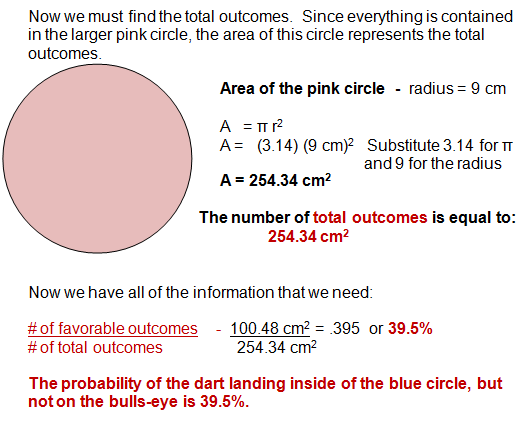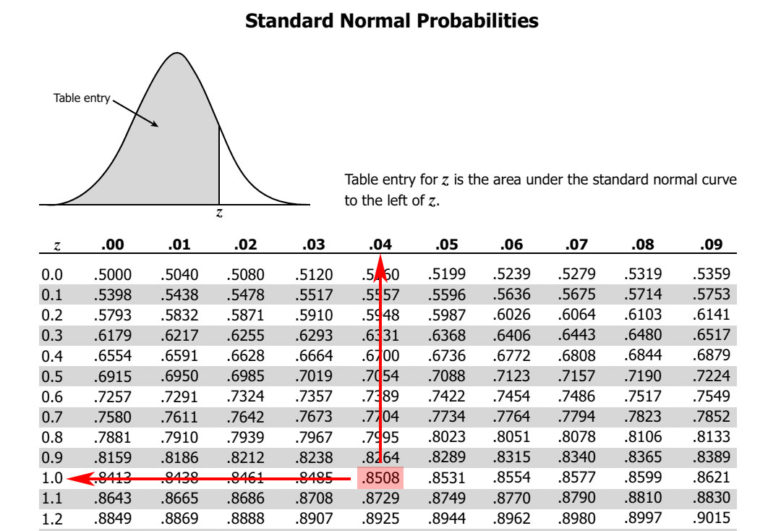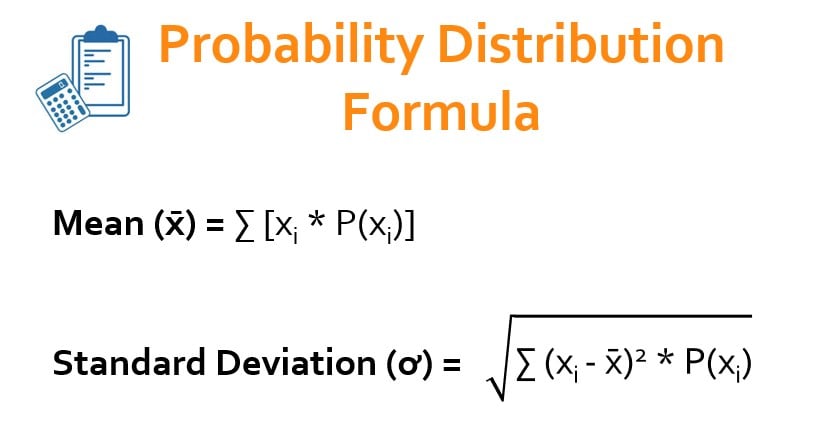Binomial distribution formula
Table of Contents
Table of Contents
The Binomial Probability Distribution is a statistical concept that helps us understand how often a certain event occurs over a series of trials. Understanding how to calculate Binomial Probability Distribution is essential for those looking to make data-driven decisions and gain insights into problems that occur over a period of time. In this blog post, we’ll walk you through the steps needed to calculate the Binomial Probability Distribution, taking into account pain points you may encounter and providing some personal anecdotes along the way.
One common pain point associated with calculating Binomial Probability Distribution is understanding the underlying concepts involved. For example, many people struggle with understanding the difference between discrete and continuous data, or the meaning of probability distribution. Another pain point might be the actual calculations involved. So for those without a background in mathematics, these calculations might be difficult.
But don’t worry, the calculation of Binomial Probability Distribution can be broken down into simple steps. First, let’s define what Binomial Probability Distribution is and how it’s used.
Binomial Probability Distribution is a statistical method used to calculate the probability of a given number of successes over a series of trials. It’s typically used in situations where the outcome of each trial is either a success or a failure and the trials are independent of one another. Examples include flipping a coin or rolling a dice.
Understanding the Formula for Binomial Probability Distribution
The formula for calculating the Binomial Probability Distribution is:
P(X=k) = (n choose k) * p^k * (1-p)^(n-k)
where:
- P(X=k) is the probability of k successes
- n is the number of trials
- k is the number of successes
- p is the probability of success in each trial
Let’s take a closer look at each part of the formula.
The Number of Successes (k)
As mentioned earlier, the Binomial Probability Distribution is used to calculate the probability of a certain number of successes occurring over a series of independent trials. We use the variable k to represent the number of successes we’re interested in. For example, if we’re interested in the probability of getting exactly 3 heads in 5 coin flips, then k = 3.
The Number of Trials (n)
The variable n represents the total number of trials in our experiment. Going back to the coin flipping example, n = 5 because we’re flipping the coin 5 times.
Calculating the Probability of Success (p)
The variable p represents the probability of success in each individual trial. For example, if we’re flipping a fair coin, then p = 0.5 because the coin has a 50/50 chance of landing on heads or tails. However, if we’re rolling a dice and we’re only interested in getting a 6, then p = 1/6 because there’s only a 1/6 chance of rolling a 6 on each roll.
Using the Binomial Probability Distribution Formula
Now that we have a better understanding of the different components involved in the Binomial Probability Distribution formula, it’s time to put it all together. Let’s walk through an example:
Suppose you’re rolling a dice 10 times and you want to know the probability of rolling exactly two 6’s out of those 10 rolls. We know that:
- k = 2 (because we want to roll exactly two 6’s)
- n = 10 (because we’re rolling the dice 10 times)
- p = 1/6 (because there’s a 1/6 chance of rolling a 6 on any given roll)
Using the Binomial Probability Distribution formula, we get:
P(X=2) = (10 choose 2) * (1/6)^2 * (5/6)^8 = 0.2905
This means that the probability of rolling exactly two 6’s out of 10 rolls is about 29.05%.
Personal Experience: Calculating Binomial Probability Distribution
One time, I was trying to predict how many visitors were going to come to a website I was managing. I knew that the website had a conversion rate of 10%, meaning that for every 10 visitors, one would make a purchase. I needed to know the probability of getting a certain number of purchases over the course of a month, so I turned to the Binomial Probability Distribution formula.
After plugging in the appropriate numbers, I found that the probability of getting exactly 50 purchases in a month was very low. This helped me readjust my expectations and set more realistic goals for the website.
Why Understanding Binomial Probability Distribution is Important
Understanding Binomial Probability Distribution is important because it allows us to make data-driven decisions and better understand the likelihood of certain events occurring. By understanding the probability of certain outcomes, we can adjust our expectations and make more informed decisions.
Conclusion of How To Calculate Binomial Probability Distribution
Calculating Binomial Probability Distribution may seem daunting at first, but with a solid understanding of the underlying concepts and the formula involved, it becomes much simpler. By following the steps outlined in this post, you should be able to successfully compute the Binomial Probability Distribution for any given situation. Understanding Binomial Probability Distribution is essential for anyone looking to make data-driven decisions and gain insights into problems that occur over a period of time.
Question and Answer
Q: What is the difference between Binomial and Poisson Probability Distribution?
A: Binomial Probability Distribution is used to calculate the probability of a certain number of successes occurring over a series of independent trials, whereas Poisson Probability Distribution is used to model the number of times an event occurs in a fixed interval of time or space.
Q: What is the formula for calculating Binomial Probability Distribution?
A: P(X=k) = (n choose k) * p^k * (1-p)^(n-k)
Q: What is the probability of getting three heads in a row when flipping a coin?
A: The probability of getting three heads in a row when flipping a coin is 1/8, or 0.125.
Q: How can Binomial Probability Distribution be used in business?
A: Binomial Probability Distribution can be used in business to help predict the probability of a certain number of successful outcomes occurring over a certain amount of time. For example, a company might use the Binomial Probability Distribution to predict the number of sales they’ll make in a month based on their conversion rate and the number of visitors they expect to get.
Gallery
5.3 The Binomial Distribution Pt 2: Using The Calculator - YouTube

Photo Credit by: bing.com / binomial calculator distribution using
PPT - Binomial Probability Distribution 1. The Experiment Must Have A
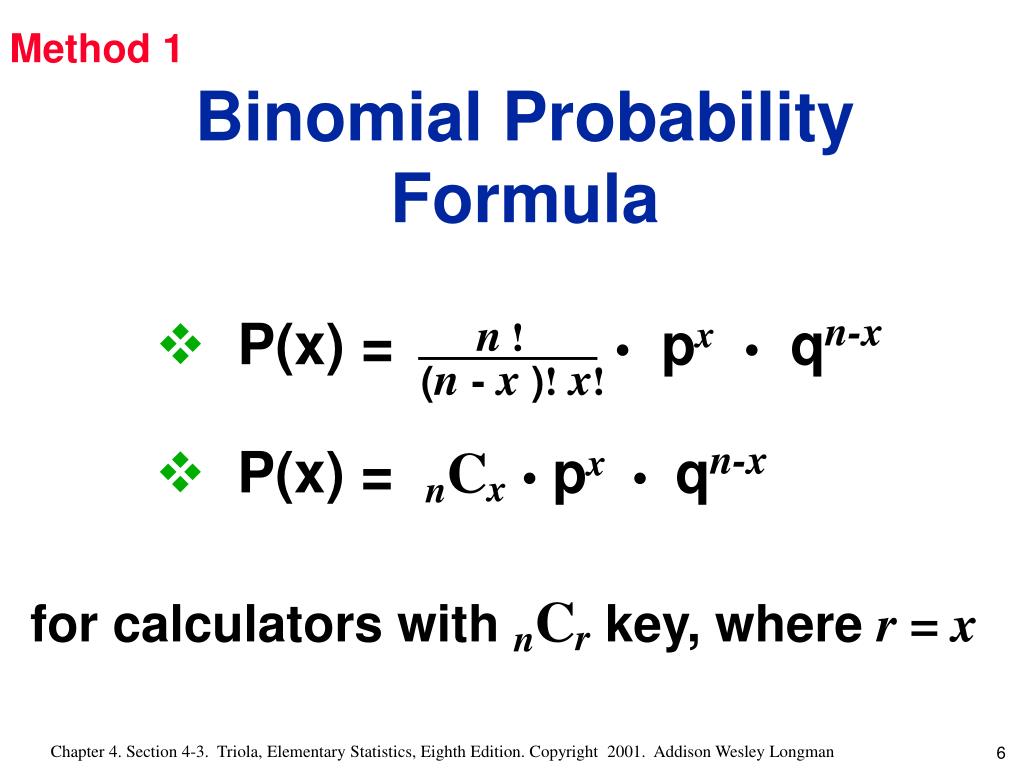
Photo Credit by: bing.com / binomial probability distribution formula experiment trials fixed number method must ppt powerpoint presentation qn px slideserve
PPT - Binomial Probability Distribution PowerPoint Presentation, Free
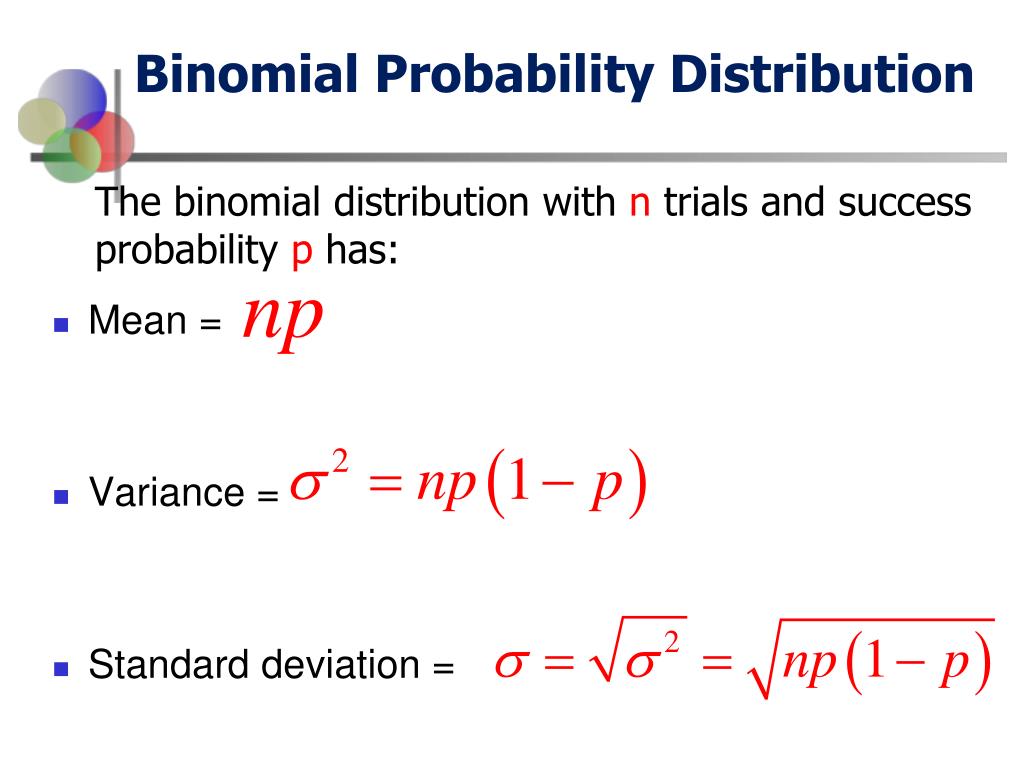
Photo Credit by: bing.com / binomial distribution probability mean variance ppt success standard deviation cdf trials powerpoint presentation
Binomial Distribution Formula - What Is Binomial Distribution Formula

Photo Credit by: bing.com / binomial
Binomial Distribution Formula | Calculator (Excel Template)
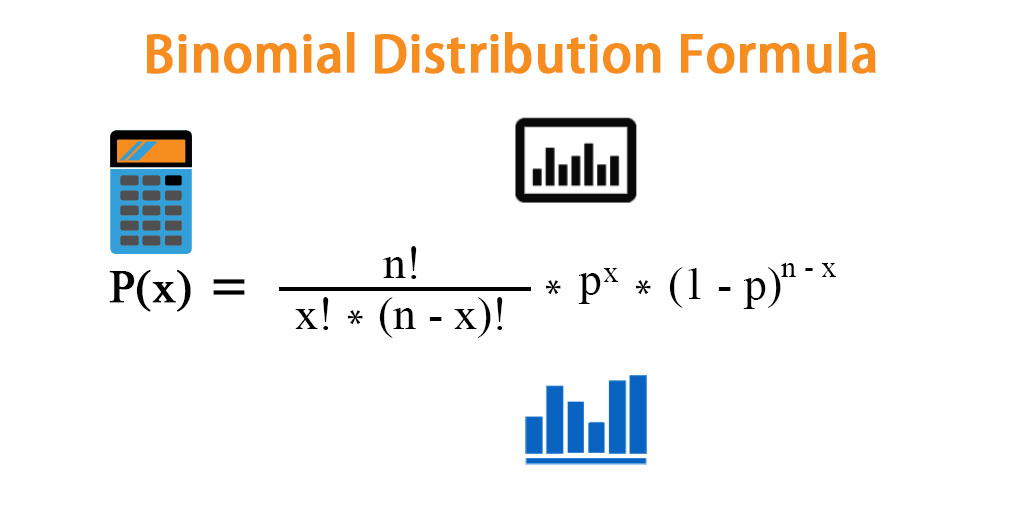
Photo Credit by: bing.com / binomial probability calculator
